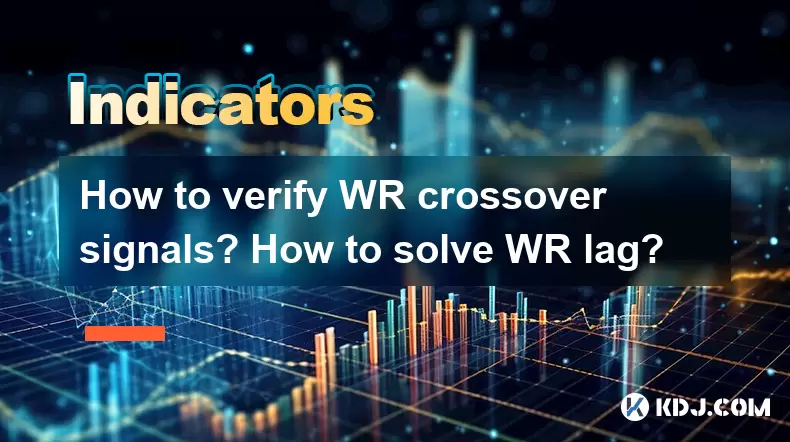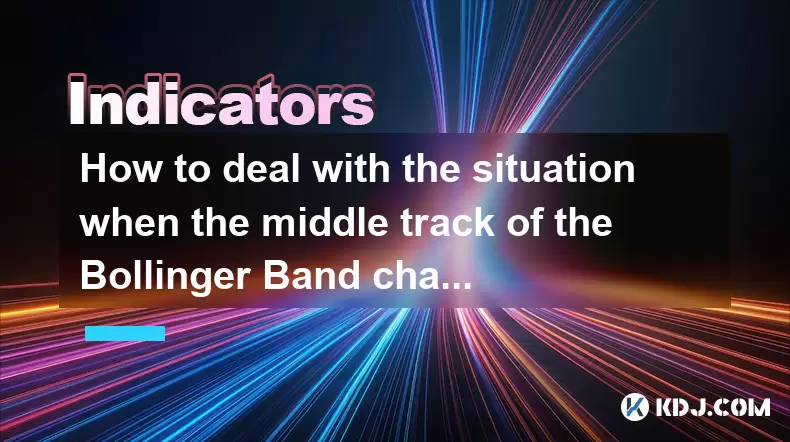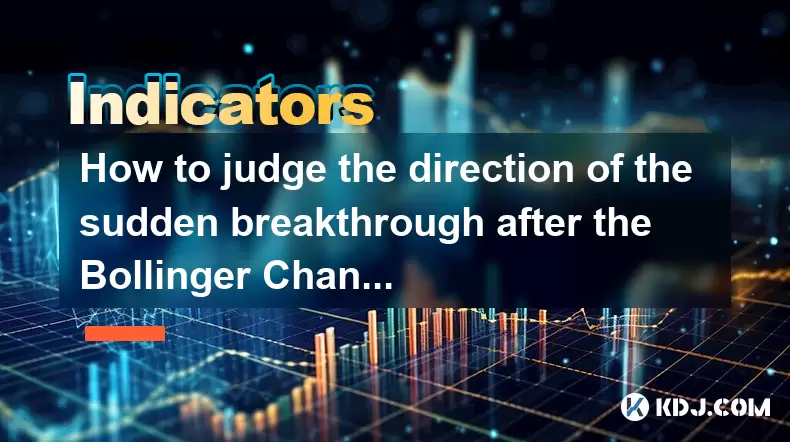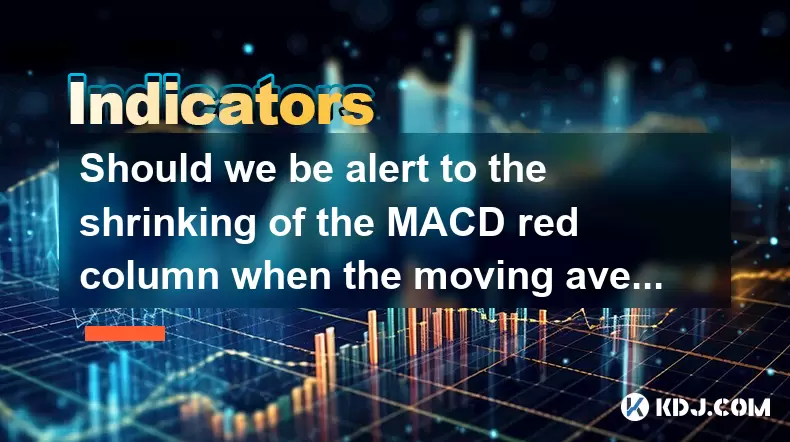-
 Bitcoin
Bitcoin $101,898.5005
-0.75% -
 Ethereum
Ethereum $2,258.1125
-1.07% -
 Tether USDt
Tether USDt $1.0004
0.01% -
 XRP
XRP $2.0178
-2.93% -
 BNB
BNB $624.0243
-1.53% -
 Solana
Solana $134.3298
-0.90% -
 USDC
USDC $0.9999
0.01% -
 TRON
TRON $0.2675
-2.05% -
 Dogecoin
Dogecoin $0.1538
-1.96% -
 Cardano
Cardano $0.5482
-1.11% -
 Hyperliquid
Hyperliquid $35.5636
5.45% -
 Bitcoin Cash
Bitcoin Cash $453.4902
-1.66% -
 Sui
Sui $2.5134
-2.97% -
 UNUS SED LEO
UNUS SED LEO $9.1292
1.77% -
 Chainlink
Chainlink $11.8457
-1.60% -
 Stellar
Stellar $0.2312
-2.73% -
 Avalanche
Avalanche $16.9721
0.29% -
 Toncoin
Toncoin $2.7549
-3.82% -
 Shiba Inu
Shiba Inu $0.0...01081
-1.10% -
 Litecoin
Litecoin $80.8250
-0.71% -
 Hedera
Hedera $0.1374
0.21% -
 Monero
Monero $305.4827
-2.36% -
 Ethena USDe
Ethena USDe $1.0006
0.00% -
 Dai
Dai $1.0000
-0.01% -
 Polkadot
Polkadot $3.2085
-3.12% -
 Bitget Token
Bitget Token $4.0845
-3.13% -
 Uniswap
Uniswap $6.3353
-1.63% -
 Pi
Pi $0.5085
-0.70% -
 Pepe
Pepe $0.0...08913
-3.82% -
 Aave
Aave $232.7090
-0.58%
How to verify WR crossover signals? How to solve WR lag?
WR crossover signals indicate potential trades when crossing -20 or -80, but should be confirmed with price action, volume, and other indicators for reliability.
May 23, 2025 at 05:07 am

Understanding WR Crossover Signals
Williams %R (WR) is a momentum indicator used in technical analysis to measure overbought and oversold levels. The WR indicator oscillates between 0 and -100, where values above -20 are considered overbought and values below -80 are considered oversold. Crossover signals occur when the WR line crosses these thresholds, providing potential entry and exit points for traders. To verify WR crossover signals, it is crucial to understand the mechanics of the indicator and combine it with other technical analysis tools for confirmation.
Steps to Verify WR Crossover Signals
Identify the Crossover: Observe the WR line on your chart. A crossover signal is generated when the WR line moves from above -20 to below -20 (indicating a potential sell signal) or from below -80 to above -80 (indicating a potential buy signal).
Confirm with Price Action: Look at the price action on the chart. A valid crossover signal should be supported by a corresponding move in price. For instance, a buy signal should coincide with a bullish price movement, such as a breakout above a resistance level.
Use Additional Indicators: To increase the reliability of WR crossover signals, use other technical indicators for confirmation. Common tools include the Relative Strength Index (RSI), Moving Average Convergence Divergence (MACD), and Bollinger Bands. If multiple indicators align with the WR signal, the crossover is more likely to be valid.
Check Volume: Volume is a critical factor in confirming any technical signal. A crossover signal supported by high trading volume is more likely to be genuine. For example, a buy signal should ideally be accompanied by an increase in buying volume.
Analyze Market Context: Consider the broader market context, including trends and news events. A crossover signal in the direction of the prevailing trend is generally more reliable than one that goes against it. Additionally, be aware of any significant news that could impact the market.
Addressing WR Lag
WR lag refers to the delay between the WR indicator's signal and the actual price movement. This lag can lead to missed opportunities or false signals, making it essential to address and mitigate. Several strategies can be employed to reduce the impact of WR lag.
Strategies to Solve WR Lag
Adjust the WR Period: The standard setting for WR is 14 periods, but adjusting this can help reduce lag. A shorter period, such as 7 or 10, will make the indicator more responsive to price changes, albeit at the cost of increased noise. Conversely, a longer period, such as 21 or 28, will smooth out the indicator but may increase lag.
Combine with Faster Indicators: Use faster indicators alongside WR to anticipate price movements. For example, combining WR with a shorter-term moving average, such as a 5-period or 10-period moving average, can help you act on signals more quickly.
Implement a Filter: Apply a filter to your WR signals to reduce false positives caused by lag. One common method is to wait for a confirmation candle after a crossover signal. For instance, if the WR line crosses from above -20 to below -20, wait for the next candle to close below -20 before acting on the signal.
Use Price Action Confirmation: Rely on price action to confirm WR signals. If the price does not follow through with the expected movement after a crossover, it may indicate a false signal due to lag. Wait for a clear price confirmation before entering a trade.
Practical Example of Verifying WR Crossover Signals
Let's walk through a practical example of verifying a WR crossover signal using a hypothetical cryptocurrency chart.
Step 1: Identify the Crossover: On your chart, you notice the WR line moving from below -80 to above -80, indicating a potential buy signal.
Step 2: Confirm with Price Action: You observe that the price of the cryptocurrency is also breaking out above a key resistance level, aligning with the WR buy signal.
Step 3: Use Additional Indicators: You check the RSI, which is also moving above 30, confirming the oversold condition. Additionally, the MACD line crosses above the signal line, further supporting the buy signal.
Step 4: Check Volume: You see that the trading volume has increased significantly during the breakout, indicating strong buying interest.
Step 5: Analyze Market Context: The broader market is in an uptrend, and there are no significant negative news events that could impact the cryptocurrency. The buy signal is consistent with the market context.
Based on these steps, you can confidently verify the WR crossover signal as valid and consider entering a long position.
Practical Example of Solving WR Lag
Here is an example of how to solve WR lag using a hypothetical scenario.
Step 1: Adjust the WR Period: You change the WR period from the standard 14 to a shorter 7 periods to make the indicator more responsive to price changes.
Step 2: Combine with Faster Indicators: You add a 5-period moving average to your chart. When the price crosses above the moving average, it acts as a faster confirmation of the WR buy signal.
Step 3: Implement a Filter: After the WR line crosses above -80, you wait for the next candle to close above -80 before entering the trade. This filter helps reduce false signals caused by lag.
Step 4: Use Price Action Confirmation: You wait for the price to confirm the WR signal by breaking above a resistance level. If the price does not follow through, you hold off on entering the trade.
By following these steps, you can effectively address WR lag and improve the timeliness of your trading decisions.
Frequently Asked Questions
Q: Can WR crossover signals be used in isolation for trading decisions?
A: While WR crossover signals can provide valuable insights, using them in isolation is not recommended. It is crucial to combine WR signals with other technical indicators, price action analysis, and market context to increase the reliability of your trading decisions.
Q: How does the choice of WR period affect the indicator's performance?
A: The choice of WR period significantly impacts the indicator's responsiveness and accuracy. A shorter period makes the indicator more sensitive to price changes, potentially reducing lag but increasing noise. A longer period smooths out the indicator, potentially increasing lag but reducing false signals.
Q: Are there any specific market conditions where WR crossover signals are more reliable?
A: WR crossover signals tend to be more reliable in trending markets, where the momentum indicated by WR aligns with the direction of the trend. In range-bound markets, WR signals may be less reliable due to frequent overbought and oversold conditions without significant price movement.
Q: How can traders manage the risk associated with WR lag?
A: To manage the risk associated with WR lag, traders can use stop-loss orders to limit potential losses, employ position sizing strategies to control exposure, and use additional confirmation tools to validate WR signals before entering trades.
Disclaimer:info@kdj.com
The information provided is not trading advice. kdj.com does not assume any responsibility for any investments made based on the information provided in this article. Cryptocurrencies are highly volatile and it is highly recommended that you invest with caution after thorough research!
If you believe that the content used on this website infringes your copyright, please contact us immediately (info@kdj.com) and we will delete it promptly.
- Cryptocurrencies, Coingecko, and Trending Tokens: What's Hot Now?
- 2025-06-23 23:05:12
- FUNToken: Decoding Past Trends and Getting Started in the Gaming Crypto Sphere
- 2025-06-23 22:25:12
- BTC Price Analysis: Navigating Volatility and the Quest for a New ATH
- 2025-06-23 22:25:12
- Genesis, Bitcoin Mining, and Air-Cooled Miners: A New Era?
- 2025-06-23 22:45:12
- Coinbase's Growth and Resilience: Navigating the Crypto Landscape
- 2025-06-23 22:45:12
- Bitcoin Options Market: Bullish Bets Amidst Geopolitical Jitters
- 2025-06-23 22:51:52
Related knowledge

What is the significance of the gap formed by the gap opening not being filled within five days?
Jun 23,2025 at 09:42pm
Understanding Gaps in Cryptocurrency TradingIn the world of cryptocurrency trading, a gap refers to a situation where the price of an asset jumps from one level to another without any trading activity occurring between those two levels. This often happens over weekends or holidays when the market is closed, and significant news or events occur that impa...

How to deal with the situation when the middle track of the Bollinger Band changes from support to resistance?
Jun 23,2025 at 11:22pm
Understanding the Bollinger Band Middle TrackThe Bollinger Band is a widely used technical indicator in cryptocurrency trading. It consists of three lines: the upper band, the lower band, and the middle track, which is typically a 20-period simple moving average (SMA). Traders often rely on the middle track as a dynamic support or resistance level. Howe...

Does the second golden cross of MACD above the zero axis represent the continuation of strength?
Jun 23,2025 at 08:21pm
Understanding the MACD IndicatorThe Moving Average Convergence Divergence (MACD) is a widely used technical analysis tool in cryptocurrency trading. It consists of three main components: the MACD line, the signal line, and the histogram. The MACD line is calculated by subtracting the 26-period Exponential Moving Average (EMA) from the 12-period EMA. The...

How to judge the direction of the sudden breakthrough after the Bollinger Channel narrows to the extreme?
Jun 23,2025 at 11:00pm
Understanding the Bollinger Channel and Its Narrowing PatternThe Bollinger Channel is a widely used technical indicator in cryptocurrency trading, consisting of three bands: the middle band (a simple moving average), and two outer bands that represent standard deviations from the middle line. When the price consolidates for an extended period, the chann...

Is it effective when the DIF line suddenly crosses the zero axis when the volume is shrinking and the market is trading sideways?
Jun 23,2025 at 07:29pm
Understanding the DIF Line in Technical AnalysisThe DIF line, or the Difference Line, is a critical component of the MACD (Moving Average Convergence Divergence) indicator, widely used in technical analysis across cryptocurrency and traditional financial markets. It represents the difference between the 12-period EMA (Exponential Moving Average) and the...

Should we be alert to the shrinking of the MACD red column when the moving average is arranged in a bullish pattern?
Jun 23,2025 at 08:14pm
Understanding the MACD Red Column and Its SignificanceThe Moving Average Convergence Divergence (MACD) is a widely used technical indicator in cryptocurrency trading. It consists of three main components: the MACD line, the signal line, and the MACD histogram (the red column). The red column represents the difference between the MACD line and the signal...

What is the significance of the gap formed by the gap opening not being filled within five days?
Jun 23,2025 at 09:42pm
Understanding Gaps in Cryptocurrency TradingIn the world of cryptocurrency trading, a gap refers to a situation where the price of an asset jumps from one level to another without any trading activity occurring between those two levels. This often happens over weekends or holidays when the market is closed, and significant news or events occur that impa...

How to deal with the situation when the middle track of the Bollinger Band changes from support to resistance?
Jun 23,2025 at 11:22pm
Understanding the Bollinger Band Middle TrackThe Bollinger Band is a widely used technical indicator in cryptocurrency trading. It consists of three lines: the upper band, the lower band, and the middle track, which is typically a 20-period simple moving average (SMA). Traders often rely on the middle track as a dynamic support or resistance level. Howe...

Does the second golden cross of MACD above the zero axis represent the continuation of strength?
Jun 23,2025 at 08:21pm
Understanding the MACD IndicatorThe Moving Average Convergence Divergence (MACD) is a widely used technical analysis tool in cryptocurrency trading. It consists of three main components: the MACD line, the signal line, and the histogram. The MACD line is calculated by subtracting the 26-period Exponential Moving Average (EMA) from the 12-period EMA. The...

How to judge the direction of the sudden breakthrough after the Bollinger Channel narrows to the extreme?
Jun 23,2025 at 11:00pm
Understanding the Bollinger Channel and Its Narrowing PatternThe Bollinger Channel is a widely used technical indicator in cryptocurrency trading, consisting of three bands: the middle band (a simple moving average), and two outer bands that represent standard deviations from the middle line. When the price consolidates for an extended period, the chann...

Is it effective when the DIF line suddenly crosses the zero axis when the volume is shrinking and the market is trading sideways?
Jun 23,2025 at 07:29pm
Understanding the DIF Line in Technical AnalysisThe DIF line, or the Difference Line, is a critical component of the MACD (Moving Average Convergence Divergence) indicator, widely used in technical analysis across cryptocurrency and traditional financial markets. It represents the difference between the 12-period EMA (Exponential Moving Average) and the...

Should we be alert to the shrinking of the MACD red column when the moving average is arranged in a bullish pattern?
Jun 23,2025 at 08:14pm
Understanding the MACD Red Column and Its SignificanceThe Moving Average Convergence Divergence (MACD) is a widely used technical indicator in cryptocurrency trading. It consists of three main components: the MACD line, the signal line, and the MACD histogram (the red column). The red column represents the difference between the MACD line and the signal...
See all articles
























































































